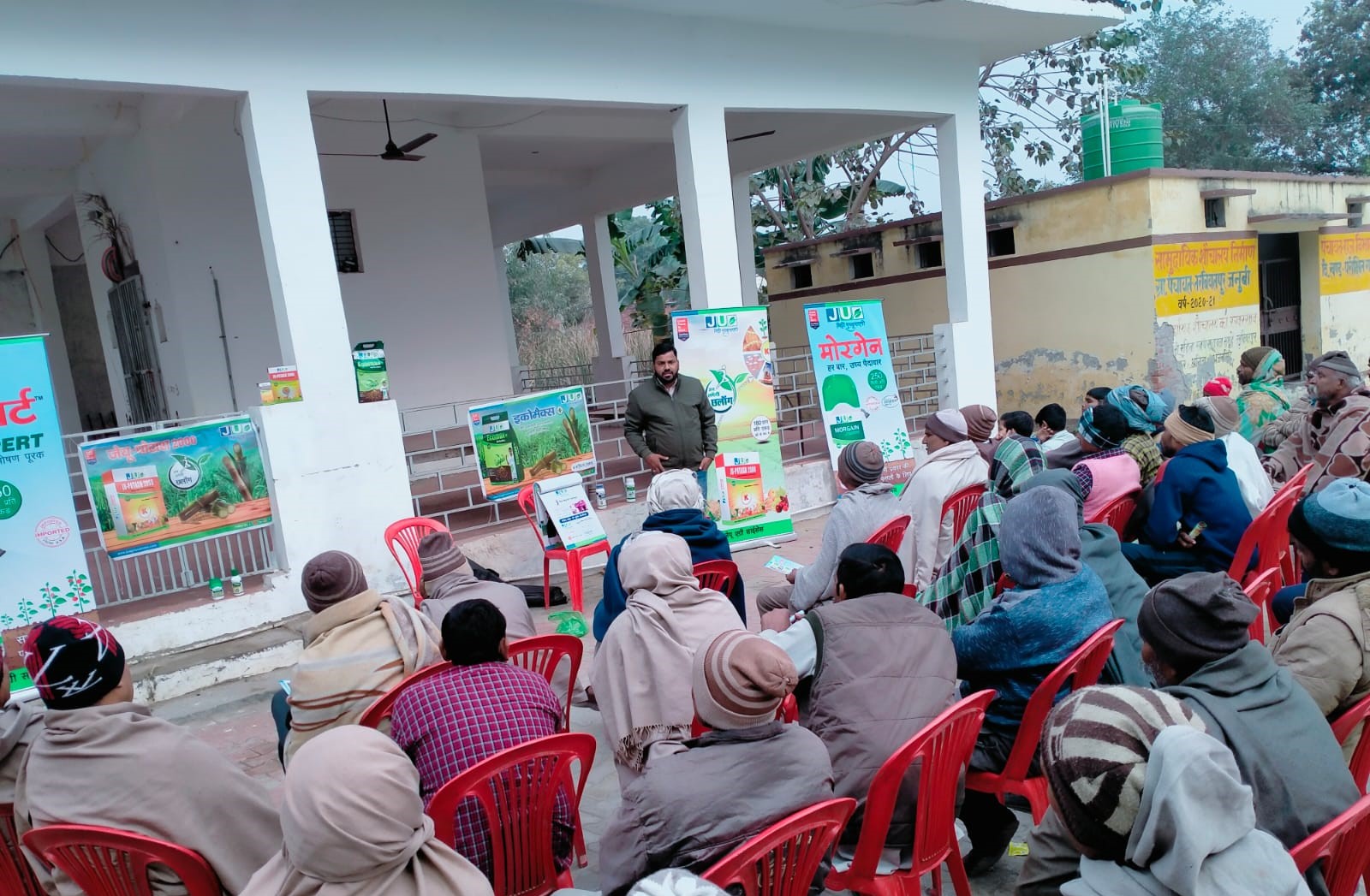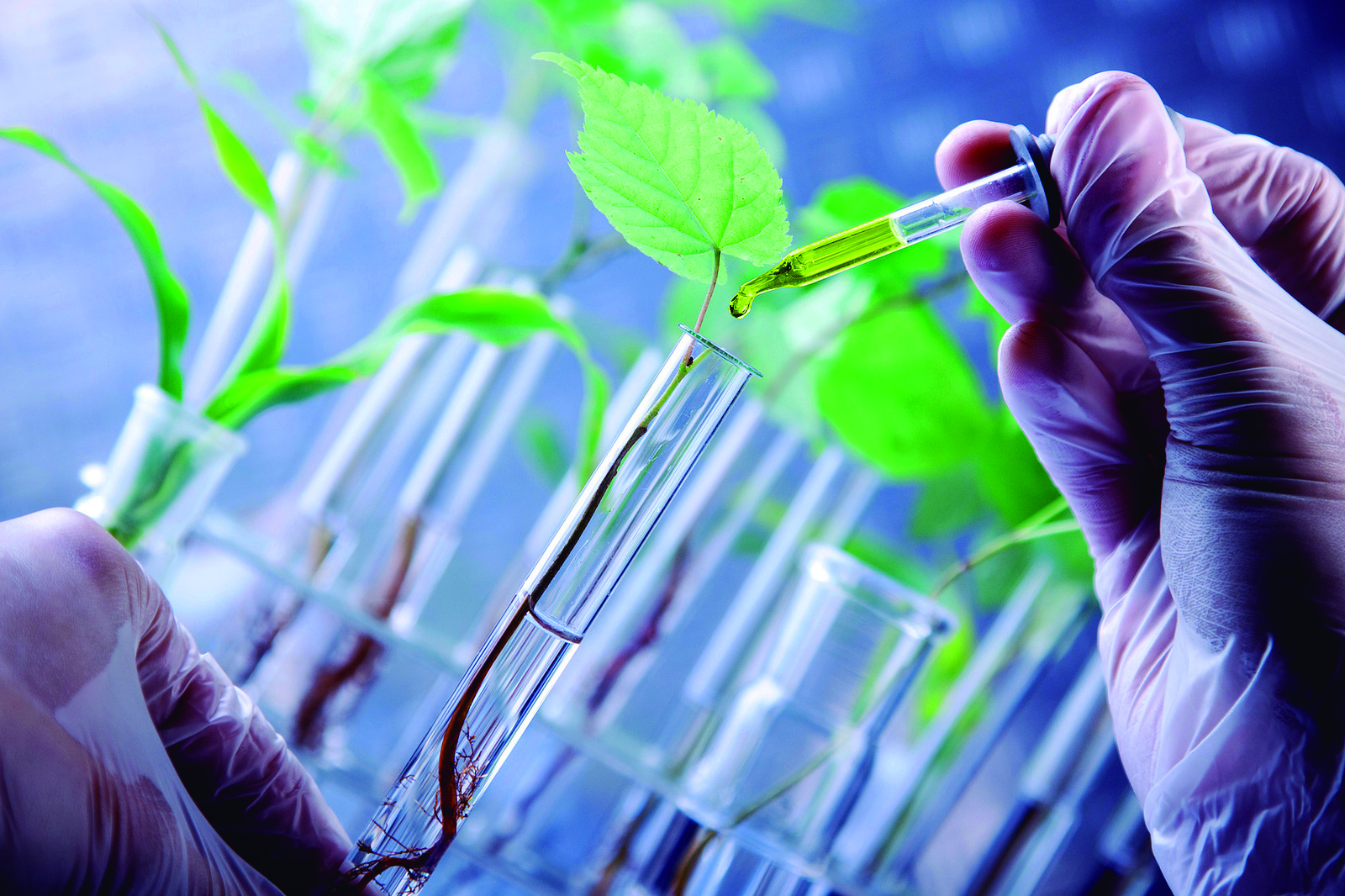Mycorrhizal Biofertilizer: How It Enhances Plant Growth and Soil Health
15/06/2025
Introduction: The Hidden Crisis Beneath Our Feet
Beyond the sight of green fields and waving crops is a
problem none of us can hear—soil degradation. Almost a third of India’s soil is
degraded, affecting 147 million hectares of farmland. For many years, excessive
use of chemicals, a lack of organic farming and heavy farming have reduced the
natural life within the soil. Absolutely incredible, India’s Soil Organic
Carbon (SOC)—which reflects how fertile the soil is—has gone down from 1% to
just 0.3% in the last 70 years. As a consequence, yields decline and the soil
becomes easier to lose, compacted and parched. With one-third of the world’s
soils degraded, the global call to improve soil health is now more important
than before. We need to begin sustainable food growth by focusing on the
ground.
What Are Mycorrhizal Biofertilizers? Nature’s Soil
Engineers
Mycorrhizal biofertilizers are natural, soil-friendly fungi
that form a symbiotic relationship with plant roots. Similar to underground
networks, they help plants access more phosphorus, nitrogen, and micronutrients
found in the soil. They support the plant’s ability to absorb nutrients and
keep water, encourage root growth, and help it withstand stress. Unlike plain
fertilizers that help only for a short time, mycorrhizae improve soil fertility
and consistency for the long run. There are two kinds of mycorrhizae—endomycorrhizae
live inside plant roots, while ectomycorrhizae create a cover around them, and
both are necessary for sustainable farming.
How Mycorrhizae Work: Nature’s Underground Network
Mycorrhizae are friendly soil fungi that connect with plant
roots and help them grow better. They put out thin filaments into the soil,
allowing them to cover spots the roots cannot reach. For the sugar they get
from plants, fungi return water and phosphorus, forming a secret system that
nourishes the soil and plants.
Beyond the Quick Fix: The Downsides of Chemical
Fertilizers
While chemical fertilizers help plants grow fast, they cause
problems that last for a long time. Regular use can lower soil organic matter
by as much as 70%, harm the soil’s healthy microbes and pollute the water in
the area. Eventually, farmers end up using extra fertilizers to maintain the
same level of results which makes things more expensive and harms the soil. By
using mycorrhizal biofertilizers, we can restore the soil and make plants
stronger while still being kind to the environment.
Introducing Ecomax?: Smart Farming Starts Below the
Surface
Ecomax? is a Vesicular Arbuscular Mycorrhiza (VAM)-based
product that helps plants grow naturally. Mycorrhizae establish a helpful
relationship with plant roots, making it easier for the plant to use
phosphorus, zinc, calcium and iron. Because Ecomax? increases the root zone,
the plant takes up more nutrients, absorbs water more effectively and is
stronger when there is a lack of water. Furthermore, using organic techniques
improves the soil, needs less chemical fertilizer, produces higher yields of
better quality crops and helps farmers earn more sustainably.
How to Apply Ecomax? for Stronger Roots and Better Yields
To achieve the best benefits, spread 2 kg of Ecomax-G on
each acre when planting or transplanting. When put with soil or seeds, the
helpful fungi rapidly join young roots to assist plants in absorbing nutrients
and water from the start. With early support, the plant’s roots grow healthier,
it grows stronger and produces more yield during the season.
Categories
Related Blogs
The Role of Pesticides in Modern Agriculture
30/01/2024

















